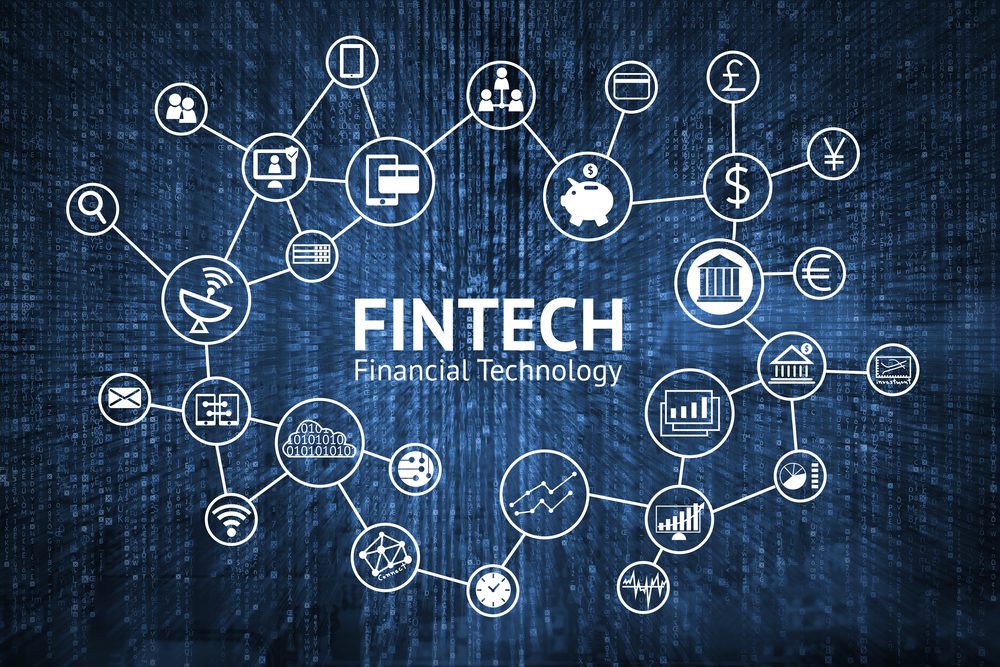
9 Fintech Innovations Impacting the Consumer Experience
New innovations in fintech (financial technologies) are allowing financial institutions to serve customers in novel and unexpected ways.
The financial industry is experimenting with automation, predictive analytics, new delivery platforms, digital-only banking, blockchain and more. These changes are helping the institutions provide higher quality services at lower price points.
As a result, companies in the financial sector are able to better align their business strategies to consumer expectations. The emphasis is on creating better digital processes that consumers can personalize. And these digital fintech enhancements are creating more positive consumer experiences.
Let’s look into some cutting-edge technologies that are directly impacting the relationship between consumers and financial institutions.
Chatbots and virtual assistants for consumer education

Mobile devices, better network connectivity and improvement in artificial intelligence have made chatbots and virtual assistants easy to implement. Financial institutions have started to effectively use fintech technologies like Alexa Skills to create educational content for consumers.
This in line with the overall consumer behavior towards leveraging Alexa technologies. We've also written about Alexa usage among businesses here and about Alexa's rise in popularity among healthcare consumers here. And if you want to learn more about it, check out our Alexa skill development page.
Most people are not financially savvy. When they contact any kind of financial institution, they are looking for guidance.
In the past, human advisors helped consumers understand their options. However, most of the customers have a similar line of questions with slight variations.
Banks and other financial institutes tried to answer these questions through frequently asked question (FAQ) pages. But these pages can become hard to navigate due to their length and become ineffective.
So businesses in the financial sector are using chatbots and virtual assistants to more effectively deliver content.
For example, Liberty Mutual is using an Alexa skill to provide advice about home and auto insurance problems. Capital One is letting consumers bank and pay bills using Alexa Skills.
Artificial intelligence for predictive analytics
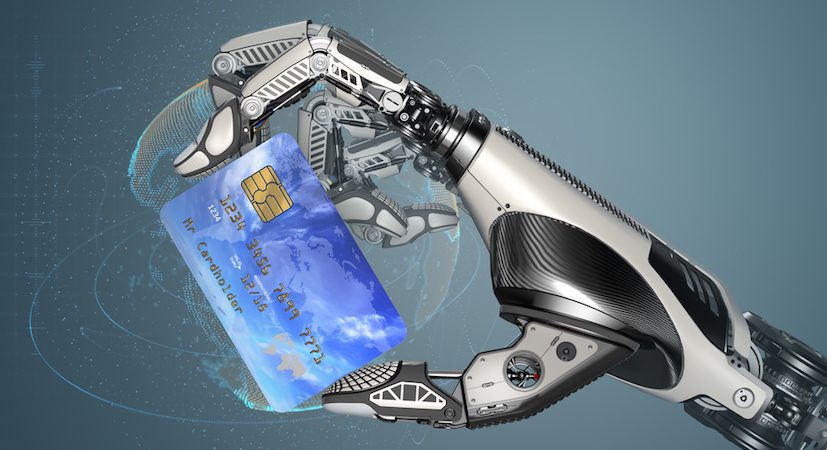
Besides powering chatbots and virtual assistants, artificial intelligence (AI) is also powering large-scale predictive analytics to help consumers find more personalized experiences. We've written extensively about AI in healthcare this here.
Now banks have the power to take all the data about a particular consumer and create a particular financial solution in real-time.
This level of personalization was unthinkable in the past. It might break up the traditional model of checking, savings, and loan management processes.
Banks can use the AI-driven predictive analytics to design individual financial packages for individual customers. AI in fintech helps improve customer retention, speed-up loan approvals and prevent financial frauds.
Digital-only banking
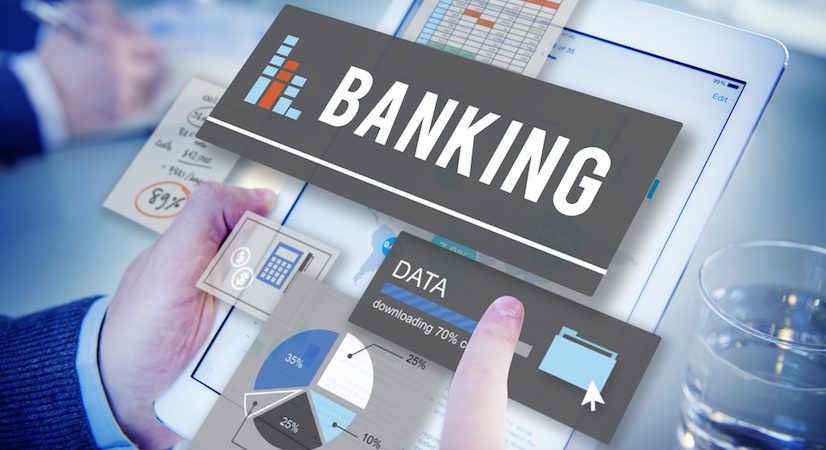
In the past, consumer confidence in financial institutions depended on physical infrastructure.
However, that sentiment seems to be changing. Most banks already maintain some form of digital presence through websites and mobile apps. However, a new generation of banks is going all digital to reach mobile-first consumers.
Digital-only banks (the most profound example of fintech technologies on the market today) cut down infrastructure and human resources costs. So they can deliver cheaper services of the same quality as traditional banks.
As more digital banks start offering better deals to consumers, traditional financial institutions will have to compete. Overall, it will provide better options for consumers.
Blockchain

Even though the viability of cryptocurrency is a hotly debated topic, there seems to be a consensus that blockchain, the underlying technology, can benefit the consumers and the fintech industry.
Some of the largest financial institutions like JP Morgan, Wells Fargo, Bank of America, Agricultural Bank of China Limited, Russian Bank called Sberbank and more are trying to use blockchain technology to provide various financial services. The success of these technologies can bring down the cost of financial services for consumers.
Blockchain is redefining multiple industries. We've recently published an article on the impact of blockchain technologies in healthcare. You can read the article here.
Public cloud

The fintech industry is lagging behind in cloud adoption. The industry as a whole was cautious about moving information to the cloud due to security concerns. However, the adoption of cloud technology is accelerating.
Public cloud adoption has many benefits for financial businesses. The cloud provides a faster way to deliver services to consumers. Companies have to invest less capital.
It streamlines operations and helps build consumer-centric processes. According to a PWC report, the public cloud will be the main infrastructure model for financial services by 2020.
Internet of things (IoT)

According to Deloitte, even though most fintech companies are not utilizing IoT at the moment, there are lots of opportunities to explore. IoT is basically various connected devices.
As more and more devices get connected to the internet, it opens up new opportunities for financial institutes.
For example, companies can deploy IoT devices to collect insurance telematics and use the information to provide customized insurance coverage. In case of an accident, IoT devices can provide more accurate information to make faster claim decisions.
So, the deployment of IoT-based insurance services means consumers can take advantage of cheaper rates and get faster services.
Augmented reality
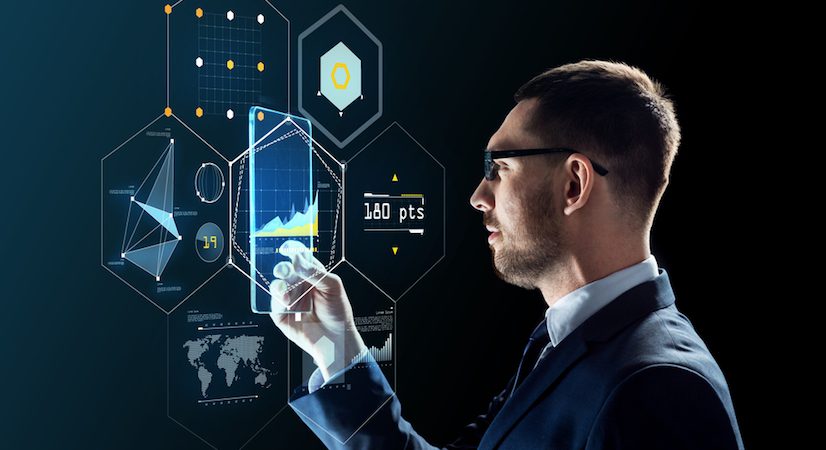
Augmented reality (AR) is helping fintech institutions enhance and enrich services for consumers.
Compared to virtual reality (VR), AR has proven more practical. VR requires expensive headsets. But most consumers can access AR technology through their mobile phones. Financial institutions are trying to create interactive AR experiences in physical spaces.
Wells Fargo has created an AR-based system[] that allows consumers to interact with bank tellers in an augmented reality environment. The experience combines the digital and physical world for consumers. They feel more connected to the institution because the experience has a physical component to it.
Quantum computing

Financial institutions have started to adopt quantum computing for their backend computations. Quantum computing is attractive to fintech institutions due to the possible increase in speed for financial transactions.
For example, Barclays and JP Morgan Chase have already joined IBM quantum computing network.
These institutions are using the added power of quantum computing for trading, asset pricing, risk analysis and more. Improvement in these areas means consumers will enjoy better financial products in the future.
Peer-to-peer (P2P) transaction technologies
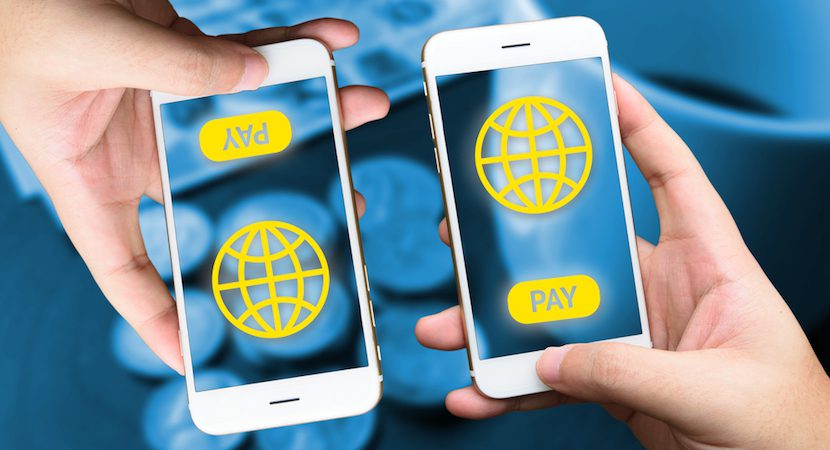
P2P digital payment methods like Venmo and Zelle are growing their market shares. It’s a sign that consumers are ready to adopt these fintech technologies for daily use.
Even though P2P payment companies initially only targeted younger consumers, age 50 and below, it seems that the older crowd has also started to use the technology for daily transactions. A big benefit of P2P payment method is that they remove the middlemen and bring down transaction costs.
Summary
Consumers are benefitting from the various technologies that the financial industry is implementing. In a competitive market place, consumer confidence is always important. So, financial institutions who can embrace innovative solutions will enjoy sustained consumer loyalty.
|
|
Want To Meet Our Expert Team?
Book a meeting directly here


